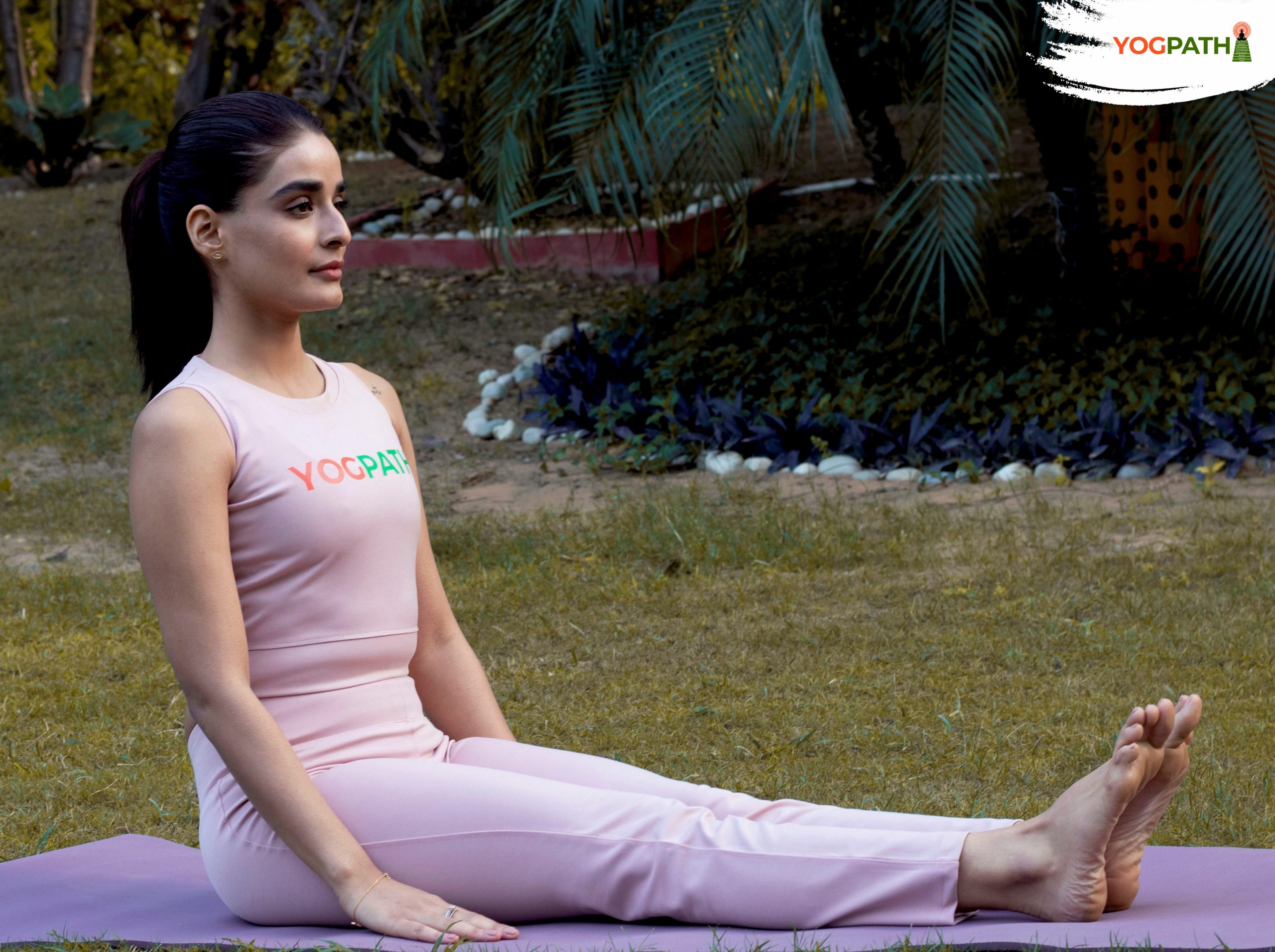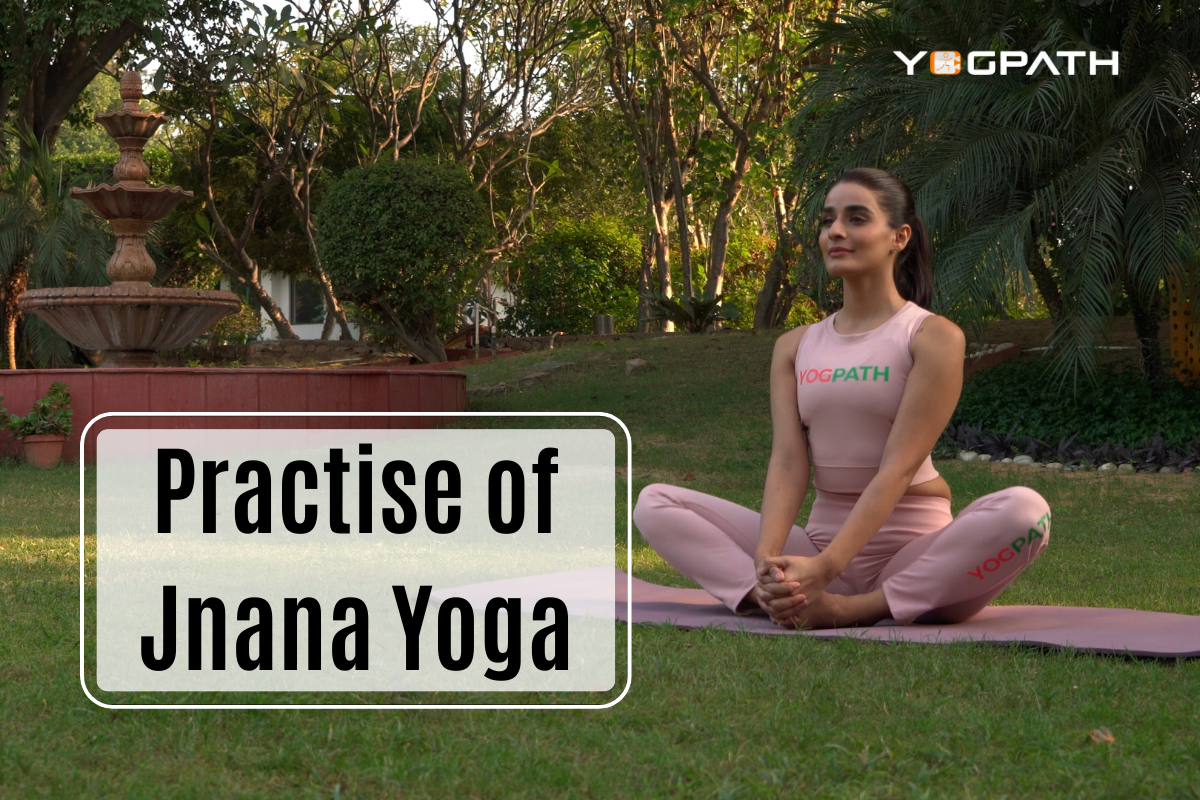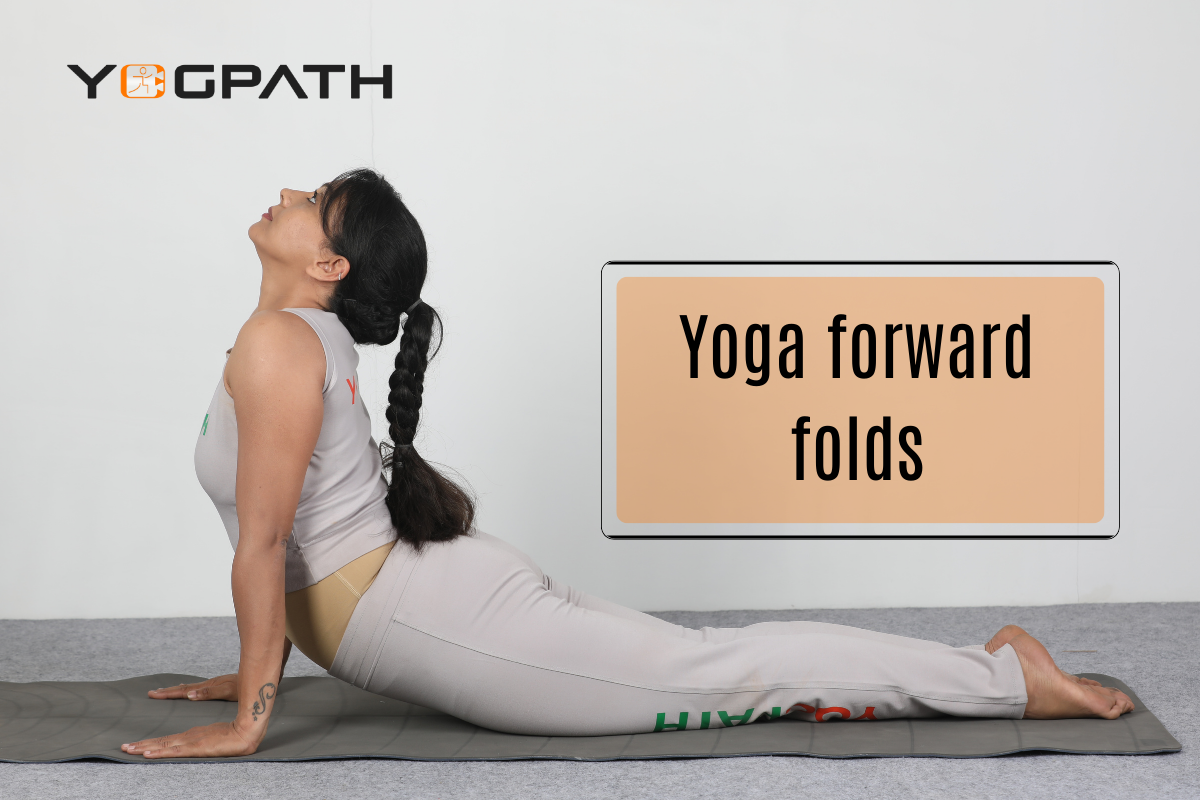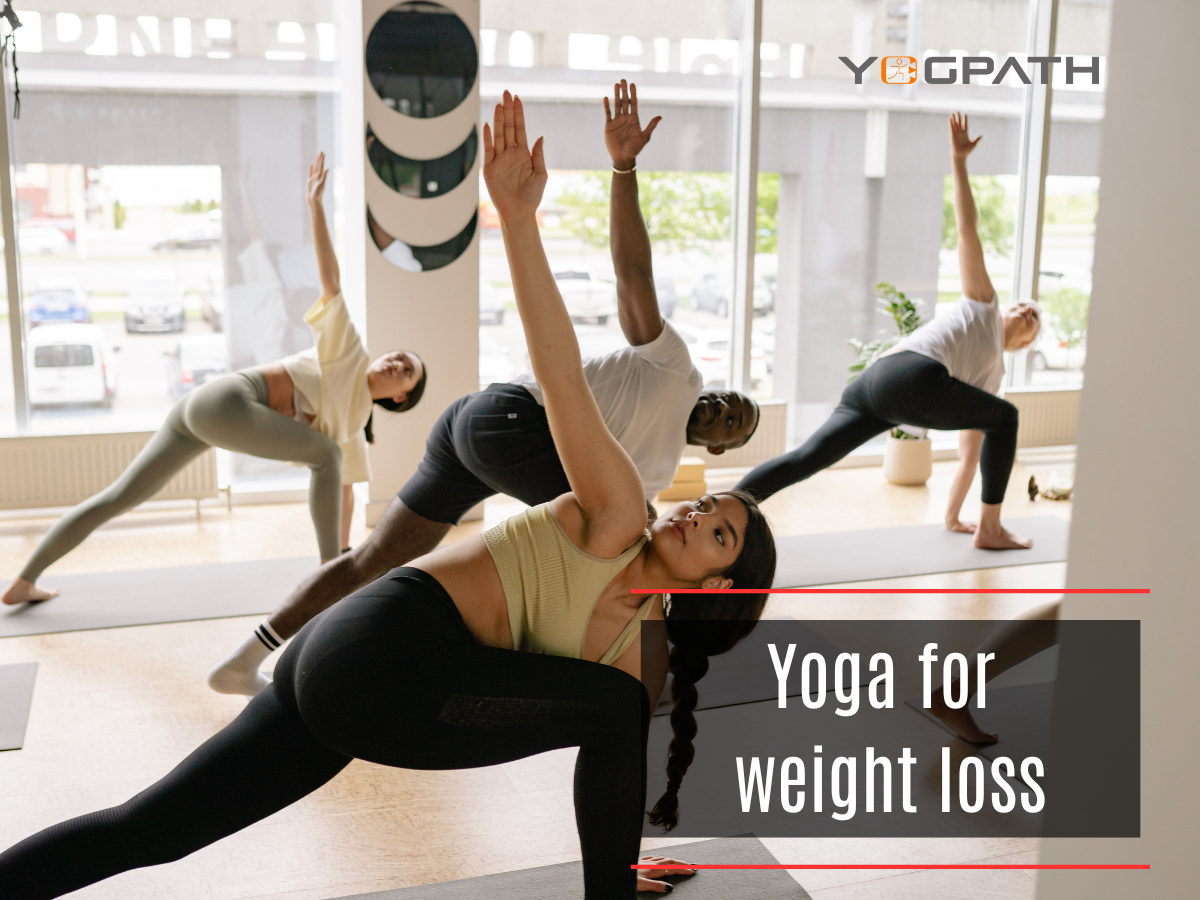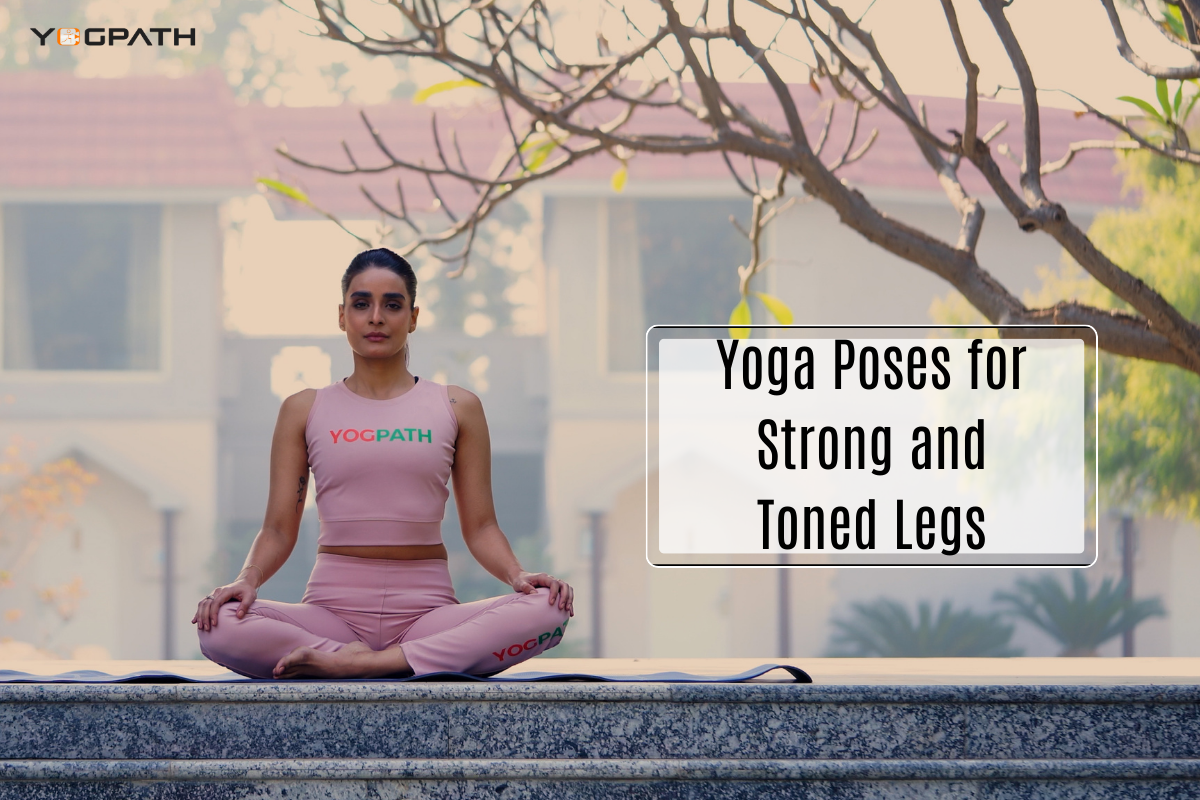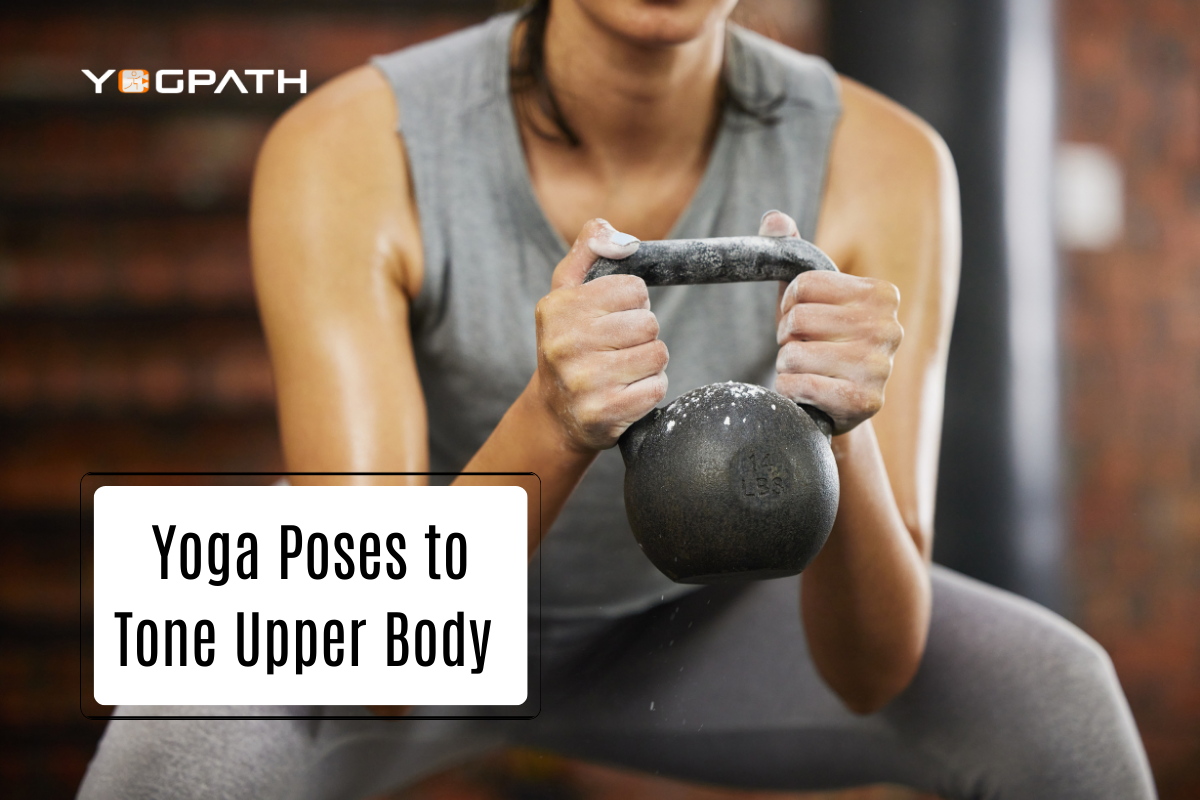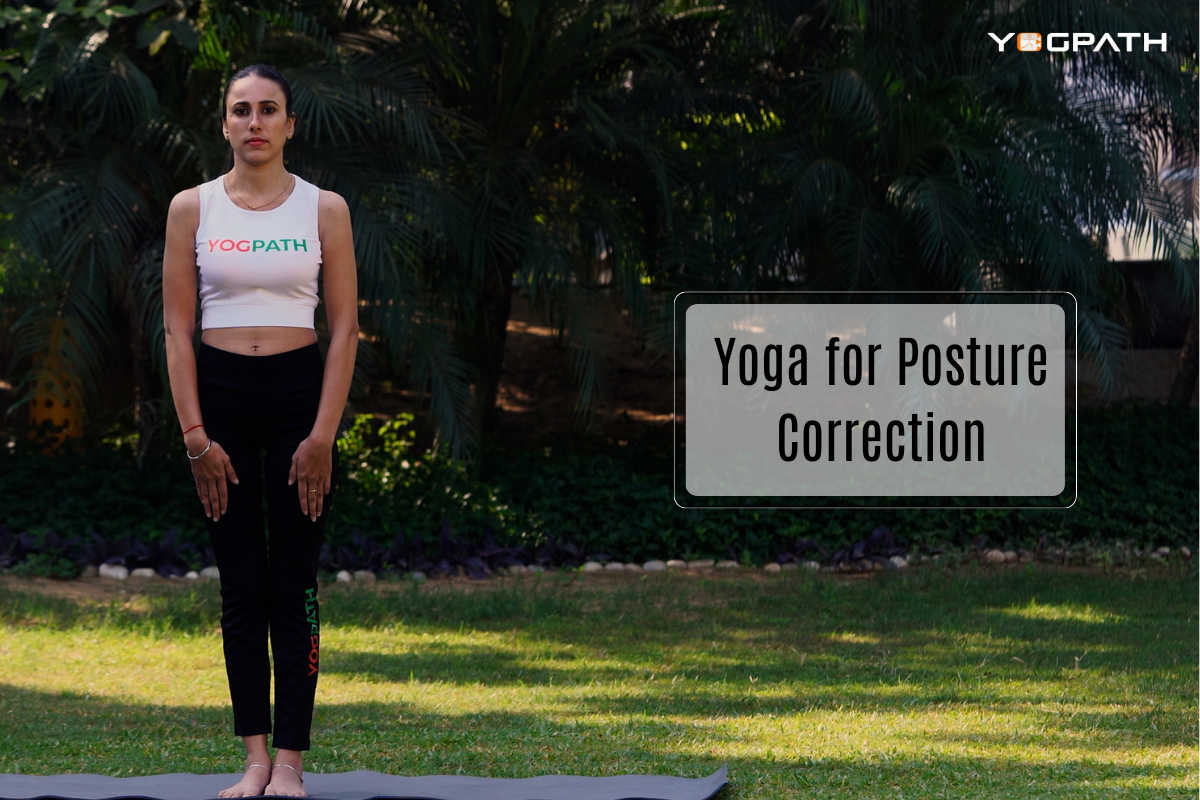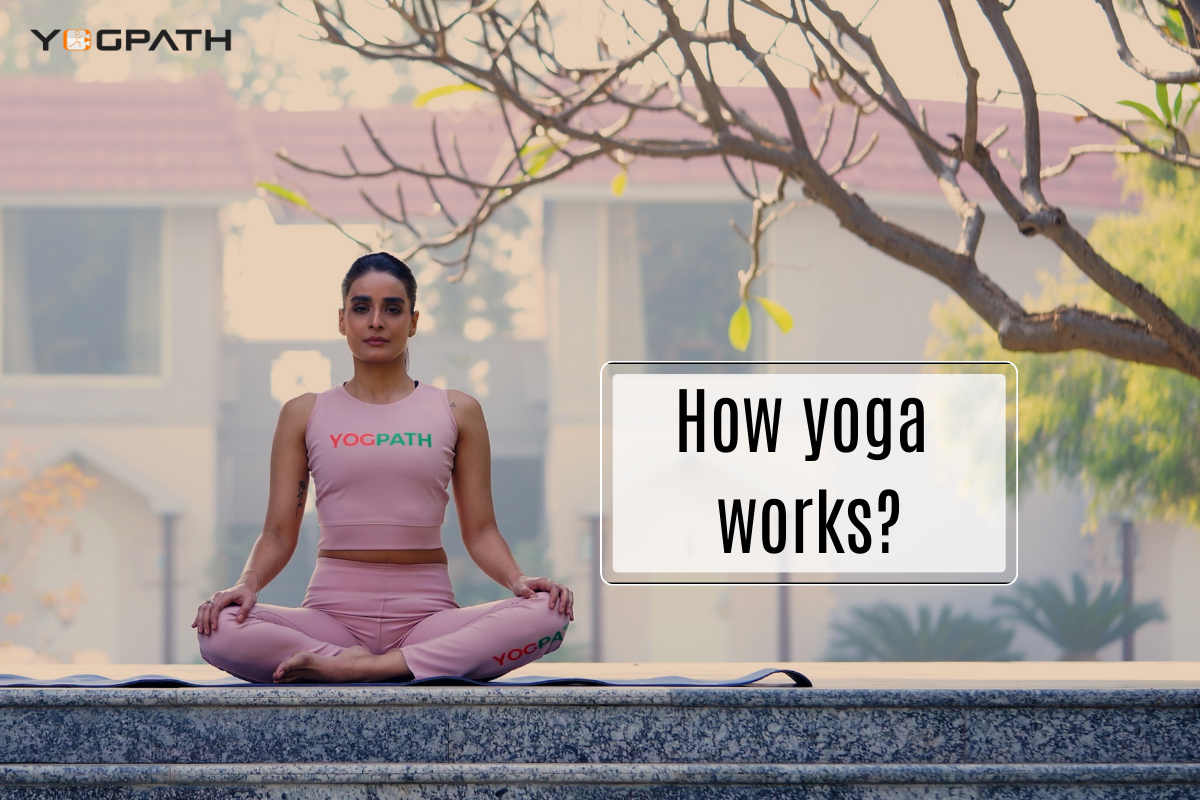
The practice involves both the mind and the body. let dive in to learn how yoga works? The physical postures, breathing practises (pranayama), meditation, behaviour management, and yogic food methods are core components of yogic system.
There is some speculation that India was the birthplace, an ancient discipline that dates back thousands of years. The practise of exercise, meditation, and various breathing methods, with the goal of improving one’s mental and physical health.
There are numerous different styles of yoga as well as many different disciplines that fall under the umbrella of the practise.
What is yoga?
Before try to find how it works, let find more about and what is it. Yoga is a centuries-old discipline that focuses on physical positions, mental concentration, and inhaling and exhaling deeply. Practicing on a consistent basis can enhance, among other benefits, endurance, strength, tranquilly, flexibility, and overall well-being.
Now more than ever, people all around the world are turning to yoga as a form of physical activity.
History
The Rig Veda, which is a collection of ancient scriptures, is the source of the earliest known use of the word “yoga.” The term “union” or “to unite” may be found in the Sanskrit word “yuj,” which is where the term “yoga” originates.
It is believed that yoga originated in northern India more than 5,000 years ago.
During the late 1890s, Indian monks began spreading their understanding of yoga to the Western world. By the 1970s, contemporary yoga instruction had gained widespread popularity across Western nations. Philosophy The overarching idea of yoga is to create a connection between the practitioner’s mind, body, and soul. Yoga may be broken down into six sub-disciplines. Each of the branches exemplifies a distinctive set of qualities and areas of concentration.
These are the six different branches:
- Hatha yoga is the discipline of yoga that focuses on strengthening both the body and the mind through various physical and mental postures.
- Raja yoga : Meditation and a stringent devotion to a set of disciplinary measures known as the eight limbs of yoga are required to practise Raja yoga, which is a branch of yoga.
- Karma yoga is a spiritual practise that entails performing acts of service with the intention of eradicating selfishness and negativity from the world’s future.
- Bhakti yoga seeks to develop the path of devotion as a constructive means of directing one’s emotions and cultivating acceptance and tolerance as its ultimate goals.
- Jnana yoga is a subset of yoga that focuses on cultivating wisdom, following the path of the scholar, and enhancing one’s intellect via academic pursuits.
- Tantra yoga is the practise that guides a person through rituals and ceremonies as well as the culmination of a relationship.
Chakras
The term “spinning wheel” is what the word “chakra” refers to. According to yoga, chakras are the centres of concentration for one’s energy, thoughts, feelings, and the physical body itself. Those who teach yoga believe that a person’s chakras are responsible for their emotional responses, their wants and aversions, their degrees of confidence and fear, and even their bodily symptoms and affects.
When the energy in one of the chakras becomes blocked, it can lead to imbalances in the body, the mind, and the emotions. These imbalances can be seen as symptoms such as anxiety, tiredness, or poor digestion.
The numerous different physical positions that make up Hatha yoga are referred to as asanas. Asanas, or yoga positions, are used by yoga practitioners to release energy blocks and to excite chakras that are out of alignment.
There are seven primary chakras, each of which has its own area of concentration:
- 1)The crown chakra, also known as Sahasrara, is located at the very top of the head and represents one’s connection to spirituality.
- 2)The third eye chakra, also known as the ajna chakra, can be found in the space between the eyebrows. This chakra governs intuitive thought.
- 3)Vishuddha is the name given to the throat chakra, which is associated with immunity as well as vocal communication.
- 4)The heart chakra, also known as the anahata chakra, is located in the middle of the chest and affects both professional and personal interactions. Any disturbances in the state of this chakra will have an effect on the regulation of oxygen, hormones, tissue, and organs.
- 5)The solar plexus chakra, also known as the manipura chakra, is located in the region of the stomach. It is directly proportional to having self-assurance, wisdom, and self-discipline.
- 6)Svadhishthana refers to the sacral chakra, which is located just below the navel and is the connection point for pleasure, health, and vigour.
- 7)The root chakra, also known as the muladhara, is located at the base of the spine. It is responsible for grounding a person by connecting their mind and body to the soil. It exerts influence over the parasympathetic nervous system as well as the sciatic nerves.
Types
The focus of contemporary yoga is on physical activity, building strength and agility, and improving one’s breathing. It is possible for it to assist improve both your physical and emotional well-being.
Yoga may be practised in a variety of ways. A person’s fitness level and the goals they want to achieve should guide their choice of training approach.
The following are some of the varieties and styles of yoga:
Ashtanga yoga
The ancient yoga principles are incorporated into this kind of yoga practise. On the other hand, it didn’t start gaining traction until the 1970s.The postures and sequences used in Ashtanga are always the same, and they quickly relate every action to the breath.
Bikram yoga
Bikram yoga, commonly known as “hot yoga,” is practised in rooms that have been artificially heated to a temperature of around 105 degrees Fahrenheit and include approximately 40 percent humidity. It includes a sequence of two breathing exercises and a total of 26 different positions.
Hatha yoga
This is a general word that applies to all different kinds of yoga that focus on teaching physical positions. Hatha lessons are often a more relaxed introduction to the fundamental positions that are practised in yoga.
Iyengar yoga
Prop-assisted yoga is a kind of yoga that emphasises establishing the perfect alignment in each position with the assistance of a variety of yoga props. These props include bolsters, chairs, blankets, and straps, among other things.
Kripalu yoga
Practitioners of this style are instructed to become familiar with, accept, and educate themselves about their bodies. By turning their attention within, a student of Kripalu yoga learns to choose their own optimal level of practice.
In general, the lessons start off with some light stretching and breathing exercises, then move on to a sequence of particular postures, and then end with some relaxation.
Kundalini yoga
Kundalini yoga is a kind of meditation that was developed with the intention of releasing latent energy.Chanting is often done at the beginning of a Kundalini yoga class, while singing is typically done at the end. In the pauses, there are practises of asana, pranayama, and meditation, all of which are geared at producing a certain result.
Power yoga
Late in the 1980s, yoga practitioners developed this dynamic and athletic style of yoga called Ashtanga, which is based on the conventional yoga practise.
Sivananda
This approach is based on a concept that may be summarised in five points.According to this school of thought, the components of a healthy yogic lifestyle—including correct breathing, relaxation, food, and exercise—come together to form a happy state of mind.
People who practise the Sivananda school of yoga employ a basic set of 12 postures called asanas, which are preceded by the Sun Salutations and followed by Savasana.
Viniyoga places an emphasis on form rather than function. It also places an emphasis on breath and adaptability, repetition and holding, as well as the art and science of sequencing.
Yin yoga
The practise of Yin Yoga lays an emphasis on maintaining restorative positions for extended periods of time. Deep tissues, ligaments, joints, bones, and fascia are all targeted by this particular kind of yoga.
Prenatal yoga
The asanas (postures) used in prenatal yoga are thought to be particularly beneficial for women who are pregnant. People who have just given birth may benefit from this form of yoga in terms of getting back into shape and maintaining their overall health.
Yoga for rest and relaxation
The practise of yoga in this manner is quite calming. During a restorative yoga session, a person will spend the most of their time in four or five basic poses, utilising various props such as blankets and bolsters to help them fall into a state of profound relaxation while maintaining the postures.
Yoga has several advantages.
Yoga provides several health advantages, both for the body and the mind, including
Increasing muscular strength while also improving flexibility
Improving one’s ability to breathe
Promoting healthy cardiac function; assisting in the treatment of addiction; lowering levels of stress, anxiety, and sadness; relieving chronic pain
Enhancing one’s quality of life and general well-being can be accomplished by sleeping better.
Before beginning a yoga practise, it is best to get clearance from a doctor or other trained medical expert if at all feasible.
Potential hazards and adverse consequences
When led by a properly educated and experienced teacher, the vast majority of yoga practises are gentle in nature and do not pose any health risks to participants.
The risk of suffering a significant injury while doing yoga is quite low. Trusted Source. Sprains and strains are the types of injuries that are seen the most frequently among yoga practitioners.
Before beginning a yoga practice, individuals should nonetheless take into consideration a few potential dangers from a reliable source.
Before beginning yoga practice, a person who is pregnant or who has a pre existing medical problem, such as bone loss, glaucoma, or sciatica, should try their best to schedule a consultation with a qualified medical practitioner.
Because of their unique circumstances, some people may need to modify or completely avoid some yoga postures that might put them in danger.
Those who are just starting out in yoga should steer clear of complex positions and challenging methods like the headstand, lotus pose, and vigorous breathing.
People should not substitute conventional medical treatment with yoga for the management of an existing ailment, nor should they put off visiting a healthcare expert about pain or any other medical concern until later.
In a nutshell, yoga is an age-old practices that has evolved throughout the years.
The focus of contemporary yoga is on postures that are supposed to simultaneously calm the mind and energize the body. The ancient practice of yoga did not place as much of a focus on physical health. Instead, it centered on developing one’s ability to concentrate mentally and increasing one’s spiritual vitality.
There are a large number of distinct styles of yoga to choose from. The degree of physical agility a person possesses and their expectations will determine the kind of play they opt for.
People who suffer from health concerns such as sciatica, for example, should ease into yoga with caution and proceed with prudence.
A healthy and active lifestyle can benefit from the practice of yoga.


